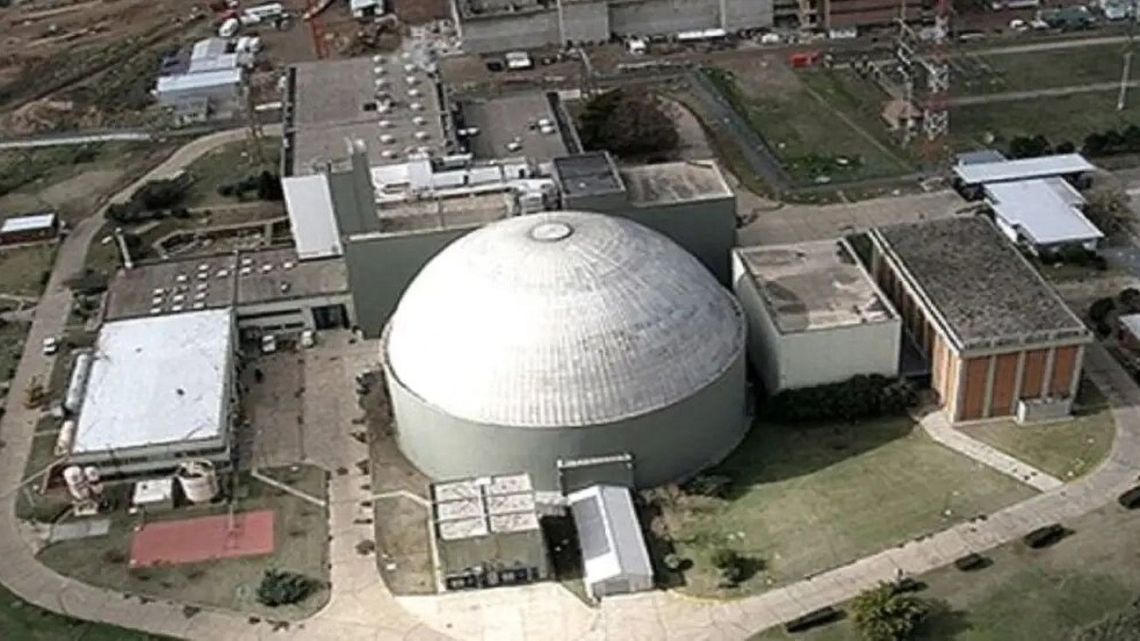President Javier Milei’s push for the partial privatisation of Nucleoeléctrica Argentina SA (Na-SA), the state-owned operator of the country’s three nuclear power plants: Atucha I, Atucha II and Embalse, has added a new chapter to a frenetic national policy.
The decision arrives in parallel with formal adherence to the United States’ FIRST programme (promoting peaceful use of nuclear technology by partner nations) and the freezing of other projects, including the proposed Atucha III and Atucha IV plants negotiated with Chinese financing.
These moves can be construed not only as a “trademark” economic adjustment but also as a response to the geopolitical shift introduced by the La Libertad Avanza government since taking office in December 2023.
The shift – driven by Milei with the direct advice of Damián Reidel, his star advisor in technological and nuclear matters – has been interpreted by some specialists, former officials and lawmakers as “relinquishing technological sovereignty.”
Critics of the ruling party point out that both the sale of Nucleoeléctrica Argentina and the halting of CAREM, the flagship modular reactor of the National Atomic Energy Commission (CNEA in its Spanish acronym), are not isolated events. With the geopolitical reading, they mean abandoning years of local development to subordination to the US technology “buyers’ club,” they say.
The decision has revived diplomatic tensions with both China and the United States. After years of negotiations with Beijing, which offered financing for the Hualong plant and a massive currency swap as back up, plans have changed. A decade on, the libertarians in the Casa Rosada are putting into practice their total alignment with Washington. Under the administration of Donald Trump, the US has relaunched its nuclear programme for civilian use, challenging Russian and Chinese leadership in the sector.
In th
Continue Reading on Buenos Aires Times
This preview shows approximately 15% of the article. Read the full story on the publisher's website to support quality journalism.
